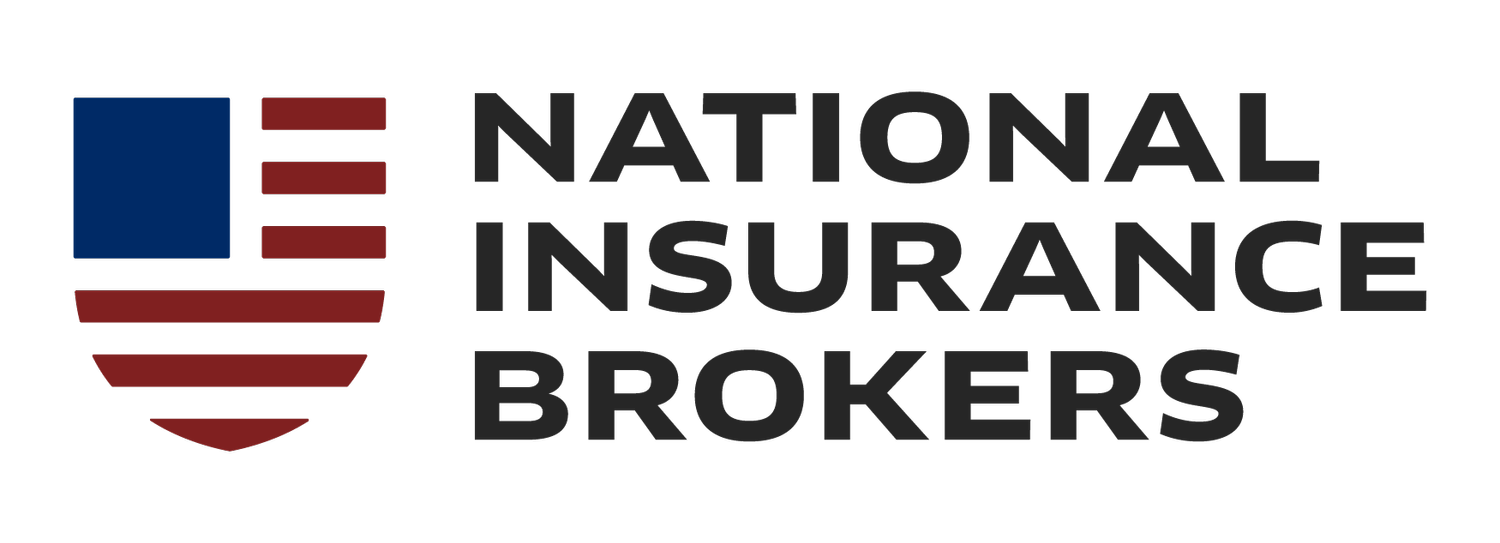Does Homeowners Insurance Cover Snow Damage?
As winter approaches, the picturesque scenery of falling snow transforms landscapes into winter wonderlands. However, this beauty comes with potential hazards.
Homeowners often face the crucial question: "Does homeowners insurance provide coverage for snow-related damage?" This blog post aims to demystify this aspect of your homeowner's insurance policy, offering essential insights to help you understand your policy better.
Understanding Homeowners Insurance Basics
Understanding the basics of your insurance policy is the first step in determining how it applies to winter-related damages.
At its core, homeowners insurance is designed to protect your property from a variety of risks. It typically includes dwelling coverage, which safeguards the structure of your house, personal property coverage for your belongings, and liability coverage for legal responsibilities.
Homeowners insurance often includes other protections such as additional living expenses if your home becomes uninhabitable due to covered damage. This aspect of coverage can provide significant relief during the repair process, especially in the wake of severe winter weather.
Typical Coverage for Snow Damage
When it comes to snow damage, standard homeowners insurance policies generally offer protection.
The weight of snow, ice, and sleet can sometimes lead to a roof collapse or other structural issues. In these cases, homeowners insurance coverage typically steps in to help with repairs. Additionally, personal belongings damaged due to these incidents are often covered, though the specifics can vary between policies.
It's also worth noting that homeowners insurance typically extends to other structures on your property, like garages or sheds, which may also be affected by heavy snowfall.
Understanding the full range of coverage can help you assess the adequacy of your policy about your property's specific needs
Common Types of Snow Damage
Understanding the claims process for snow-related damage is crucial. This includes knowing how to document damage, the time frames for filing claims, and what to expect during the claims investigation. A thorough grasp of these aspects can streamline your experience in the unfortunate event of a claim.
Here’s what typical homeowners insurance covers when it comes to snow damage:
1. Roof Collapse: The weight of accumulated snow and ice can exert significant pressure on your roof, potentially leading to a collapse. Homeowners insurance usually covers the repair damage caused by such events.
2. Frozen Pipes: Extremely low temperatures can cause water pipes to freeze and burst, leading to significant water damage. This is often covered under a standard homeowners policy.
3. Ice Dams: These occur when melting snow refreezes at the edge of your roof, preventing snow and ice from draining properly. The resulting water can seep into your home, causing damage. Coverage for ice dam damage may vary, so it's essential to check with your insurance provider.
4. Water Infiltration and Mold Growth: These secondary issues, while not directly caused by snow, can sometimes be linked to initial damage and may be covered under your policy.
Remember, each insurance company may have different terms, so it's always best to consult with your insurance agent for specific details regarding your policy.
Coverage Exceptions and Limitations
While homeowners insurance typically covers various forms of snow damage, there are exceptions and limitations.
A critical factor to consider is the cause of the damage. Damage caused by neglect or poor maintenance, such as not clearing snow and ice from the roof, may not be covered. It's essential to understand that homeowners insurance policies are not one-size-fits-all; they have specific terms and conditions.
For instance, certain policies may have exclusions or higher deductibles for snow-related claims, particularly in regions prone to heavy winter storms.
Additionally, not all types of roofs and structures are fully covered. It's important to review your home insurance policy thoroughly to understand these limitations and ensure you have adequate protection against snow and ice damage.
Be aware that insurance policies may have limits on the amount they pay for certain types of snow damage. These limits could affect the reimbursement you receive for structural damage or personal property losses. In areas prone to heavy snowfall, it's advisable to consider additional coverage to fully protect your home.
Preventative Measures
Prevention is always better than cure, especially when it comes to protecting your home from winter weather. Taking proactive steps can significantly reduce the risk of serious damage from snow and ice. Here are a few tips:
1. Regular Roof Inspections: Ensure your roof is in good condition before the winter season. This can help prevent issues like ice dams and roof collapses.
2. Insulating Pipes: To prevent pipes from freezing and bursting, proper insulation is key. This is especially crucial in areas of your house that may not be heated.
3. Clearing Gutters: Keeping gutters clean allows melting snow to flow freely, reducing the risk of ice dam formation.
Other steps include trimming trees around your property to prevent snow-laden branches from falling on your house and installing snow guards or heating cables to minimize the risks of ice dams and snow accumulation on your roof.
Regular maintenance and winterizing of your home are vital in preventing potential property damage and ensuring that your insurance remains valid in the event of a claim.
Contacting Your Insurance Provider
Having a deep understanding of your homeowner's insurance coverage is crucial, and the best source of information is your insurance provider.
National Insurance Brokers encourages homeowners to get in touch with their insurers to review their policies. This is an opportunity to ask questions, clarify doubts, and discuss coverage options that are tailored to your specific location and needs.
Additionally, talking to an insurance agent can provide insights into possible policy adjustments or additional coverage options, like flood insurance, which may be relevant depending on your area.
Keeping an open line of communication with your insurance company can make a significant difference in how well you are prepared for winter storms and their effects.
Regular reviews ensure that your coverage keeps pace with your evolving needs, offering peace of mind that you’re adequately protected against all forms of winter damage, including snow and ice.

